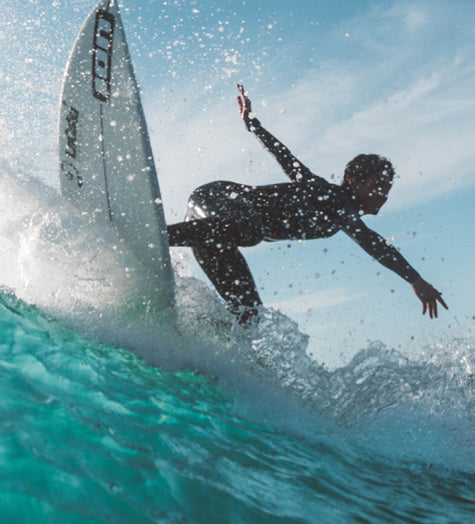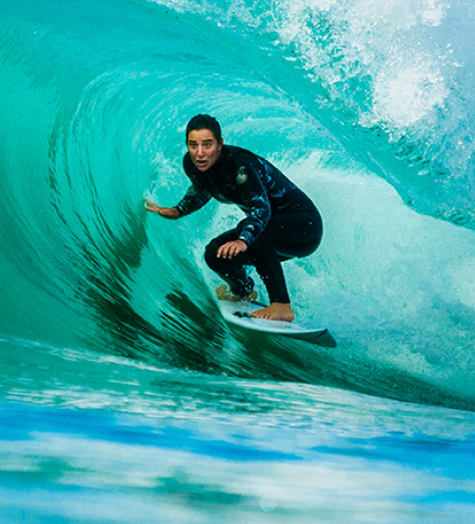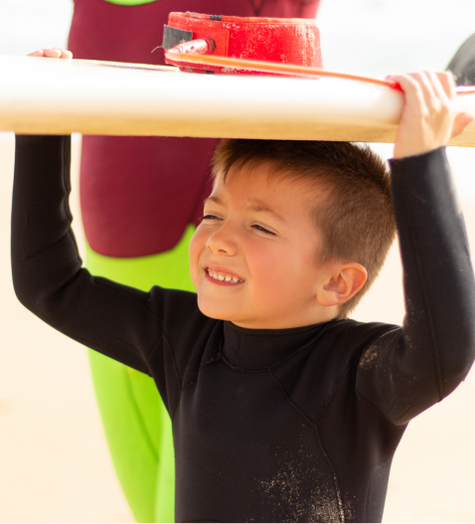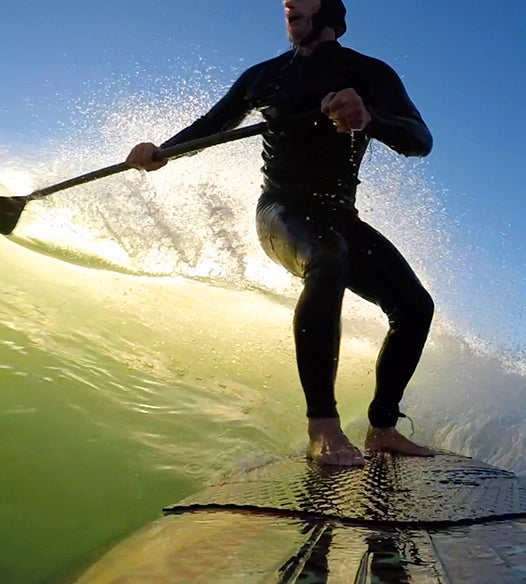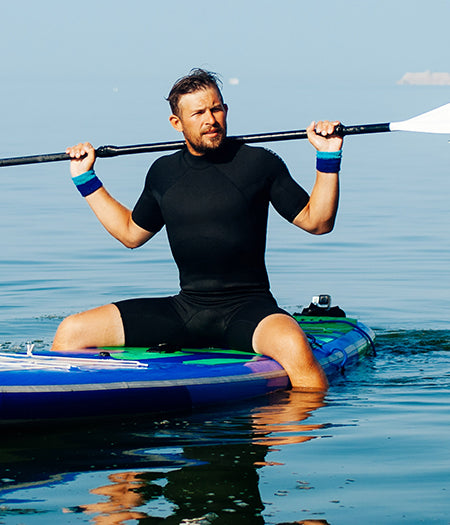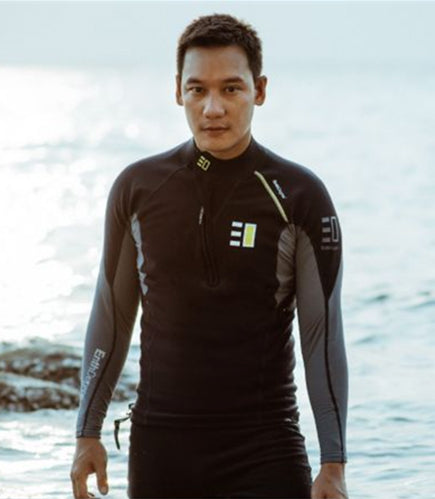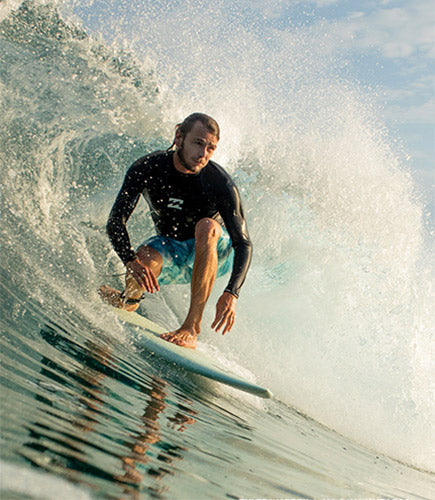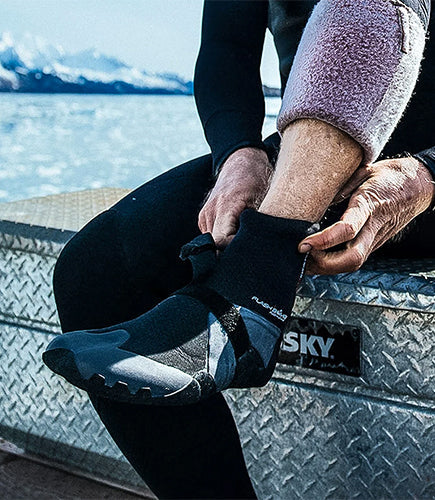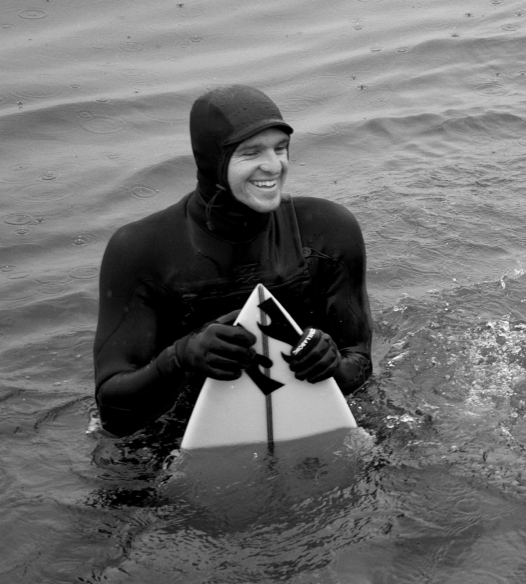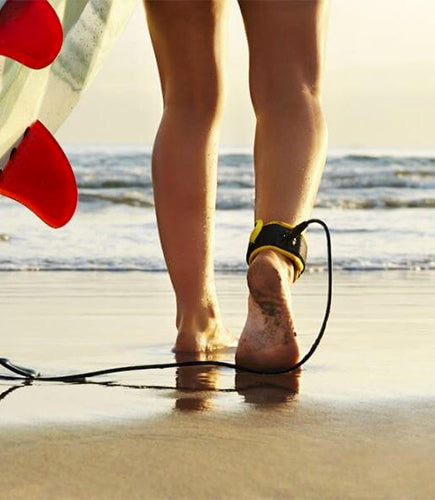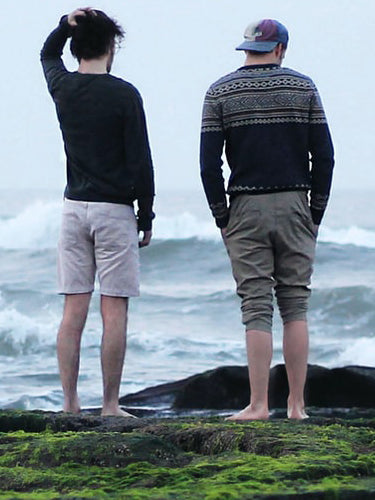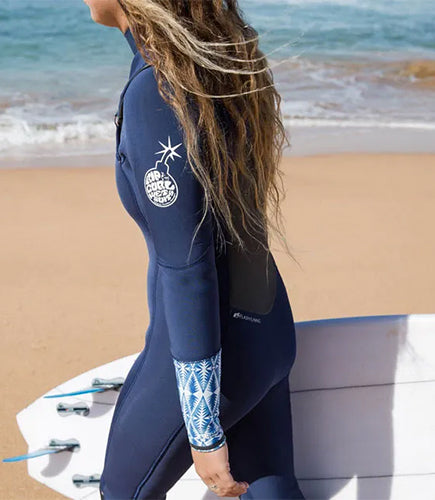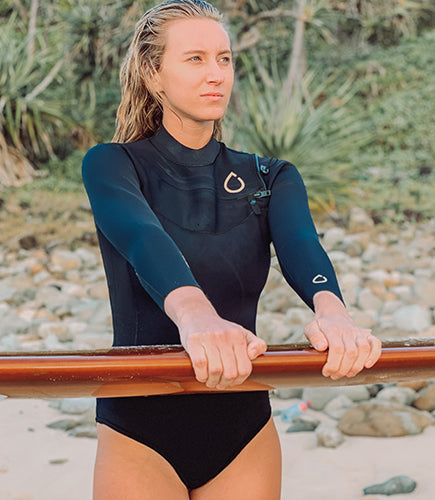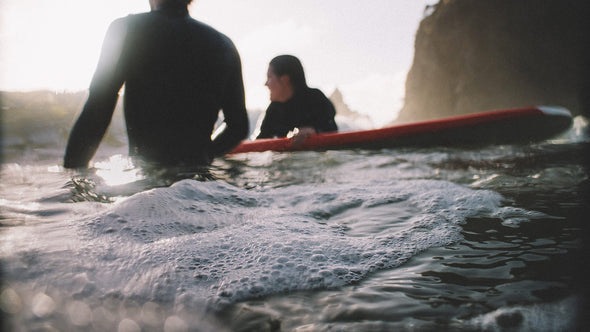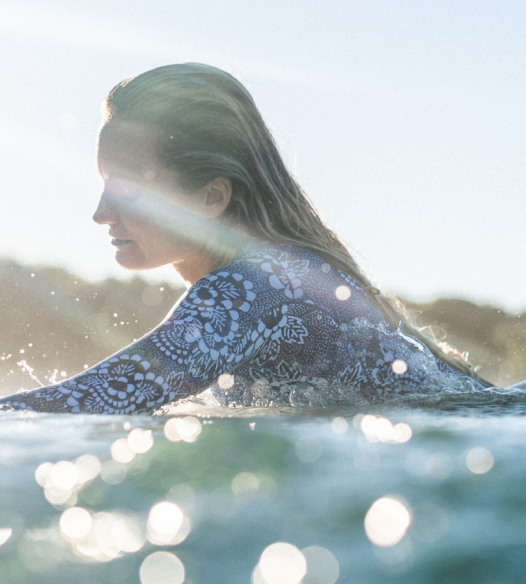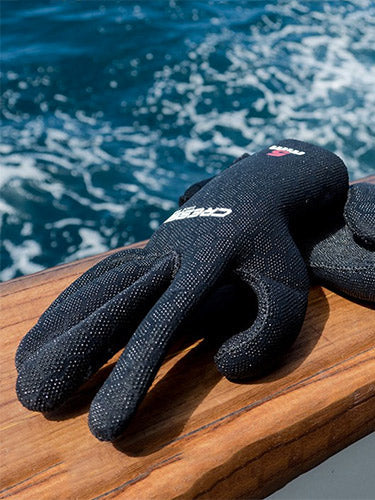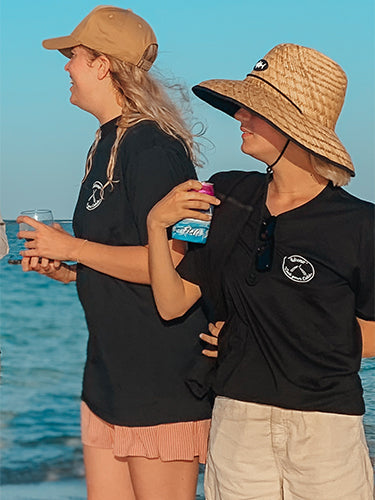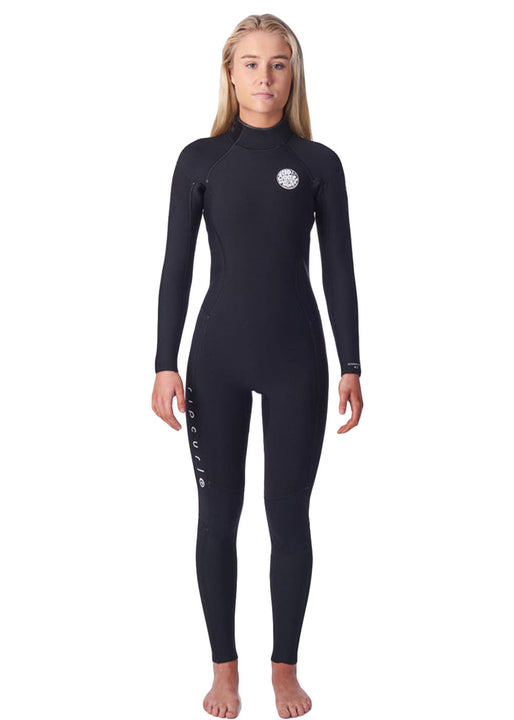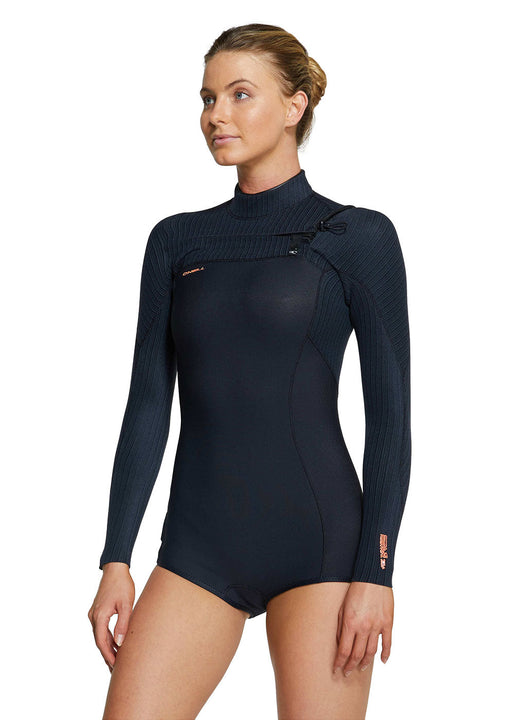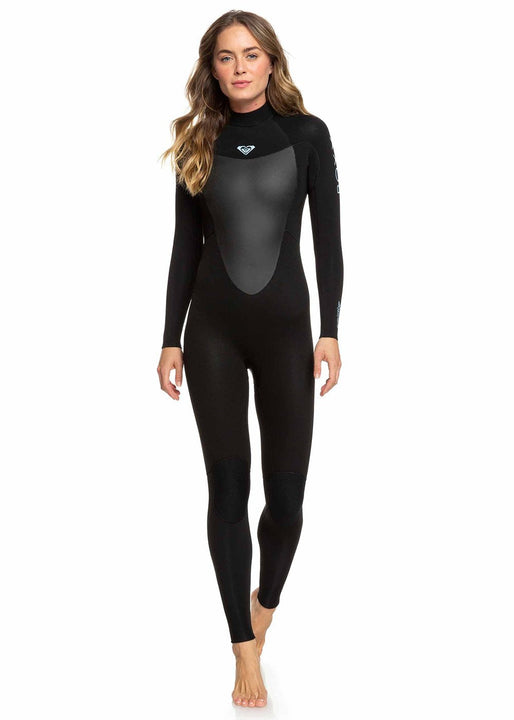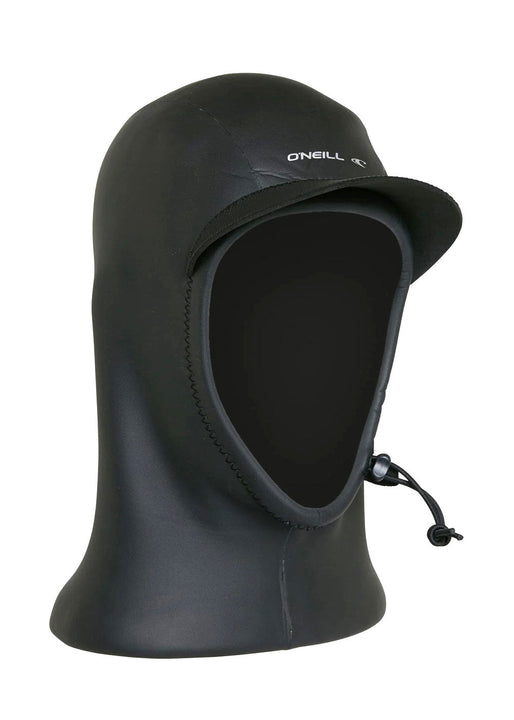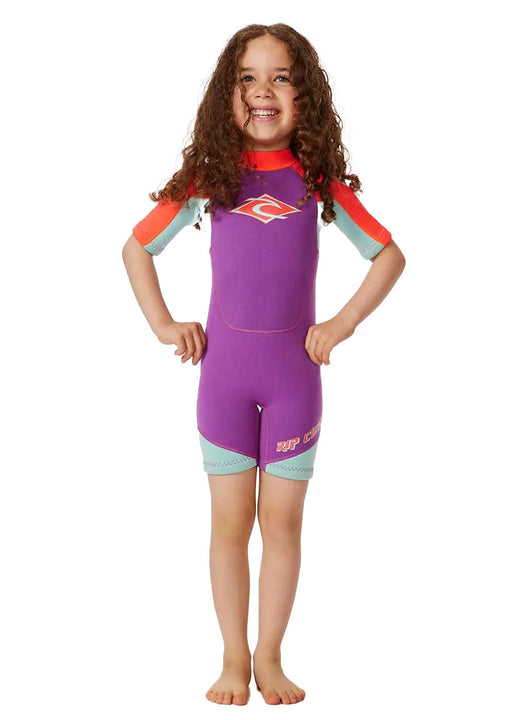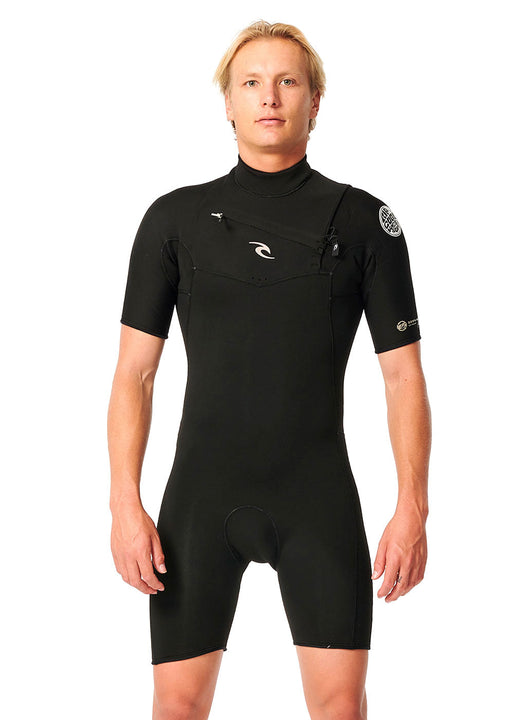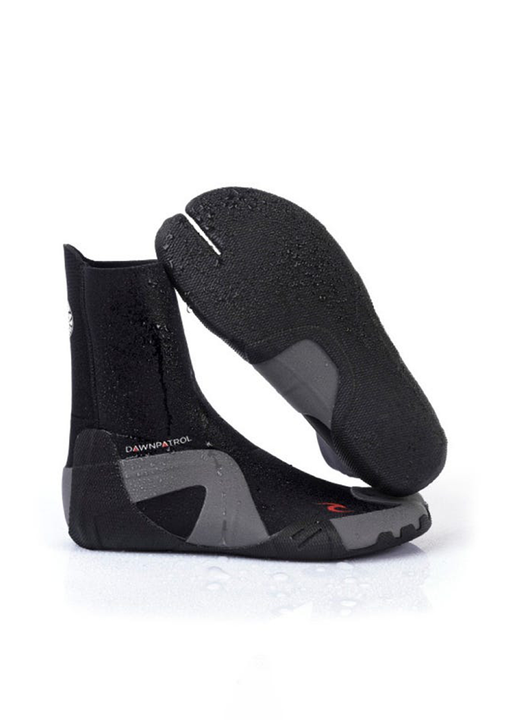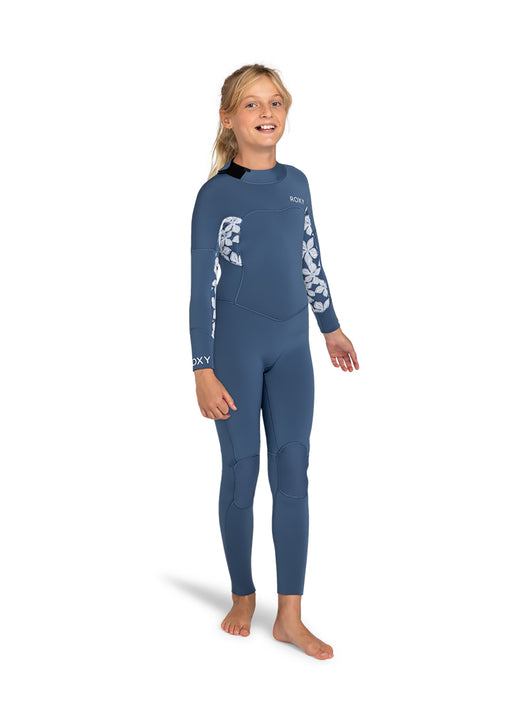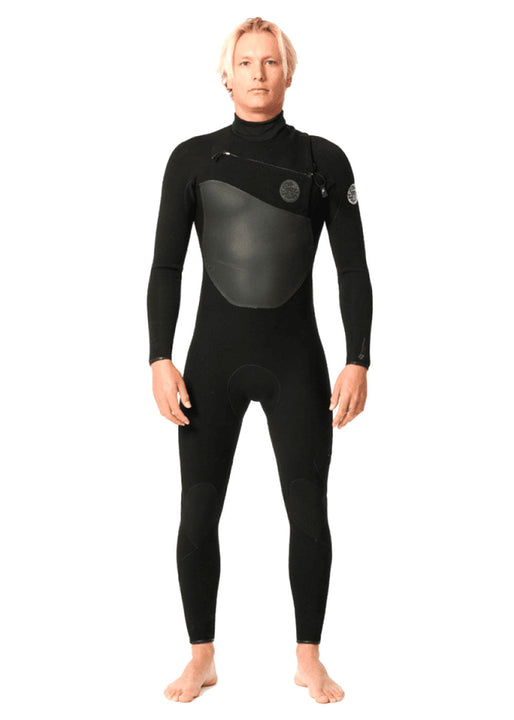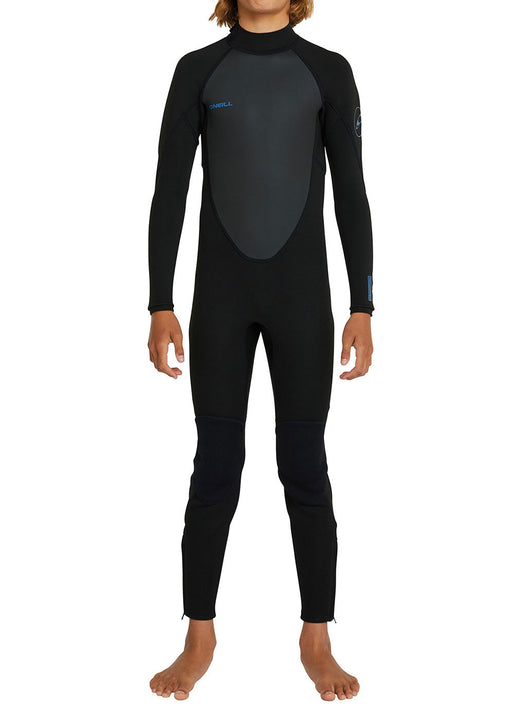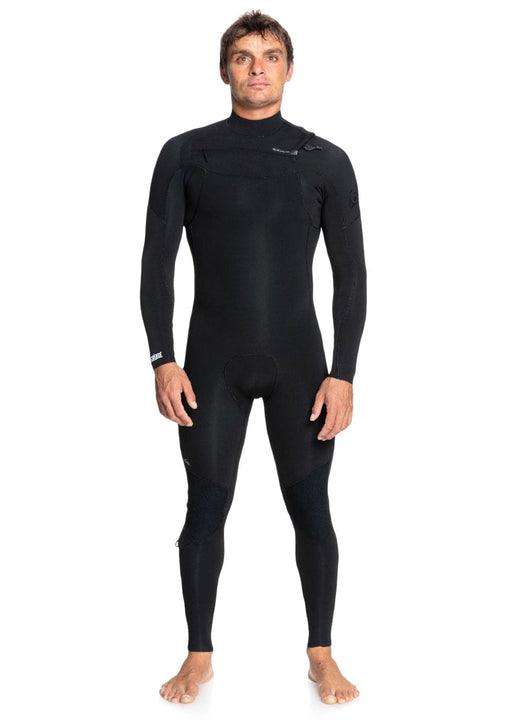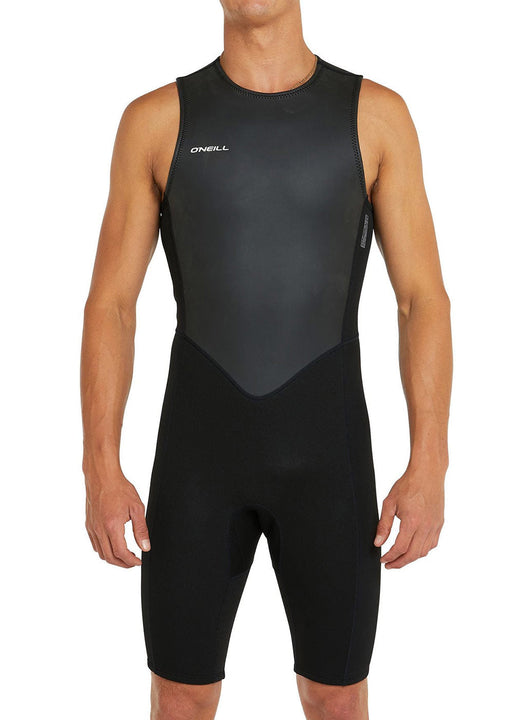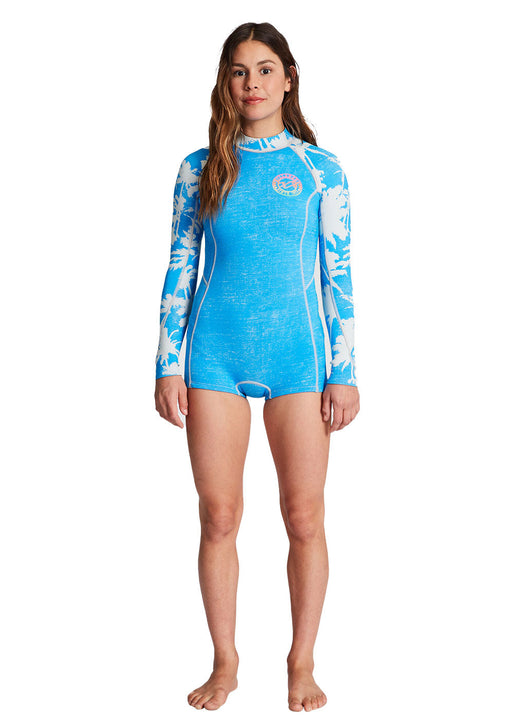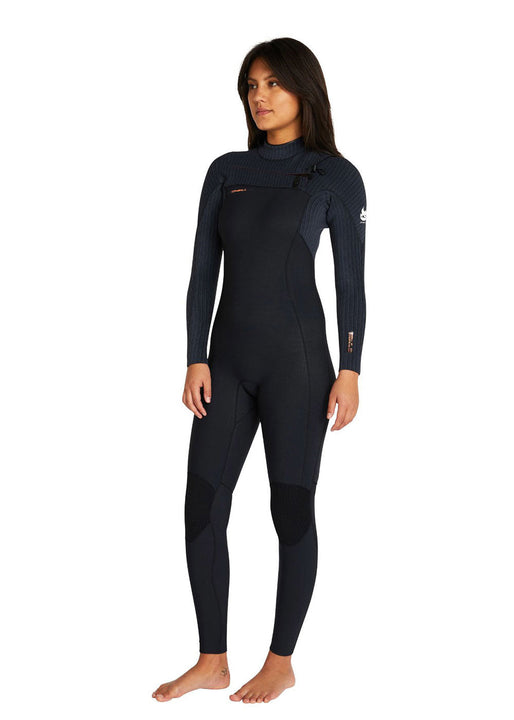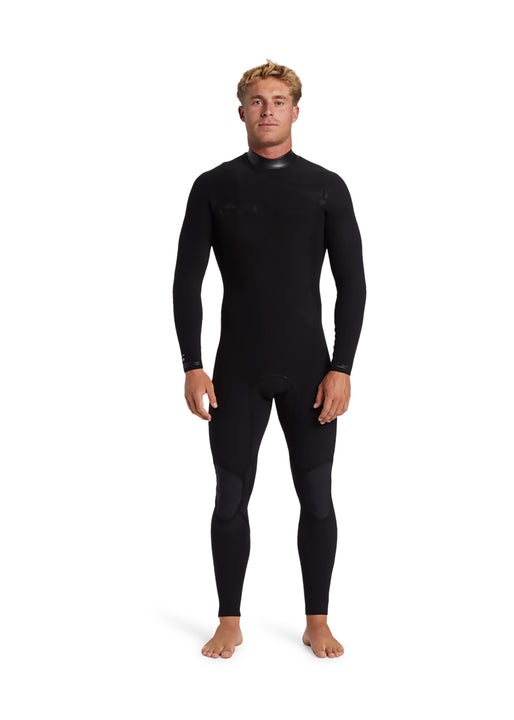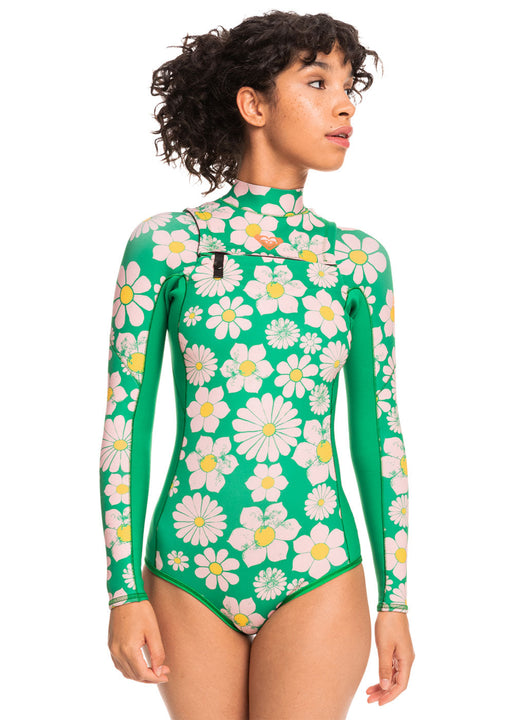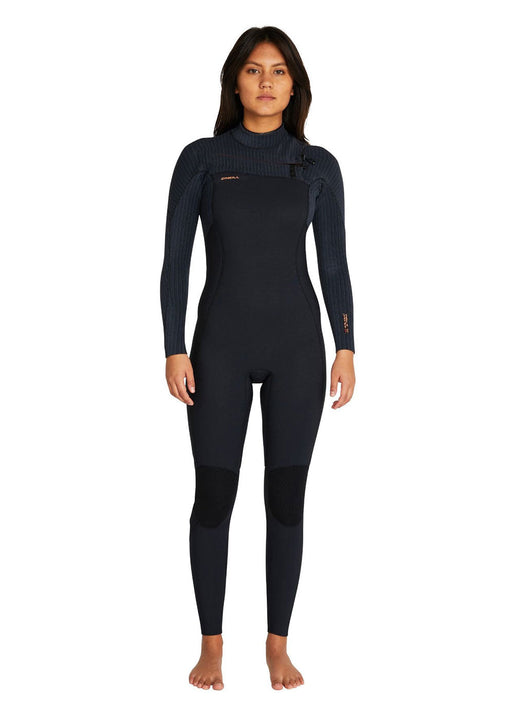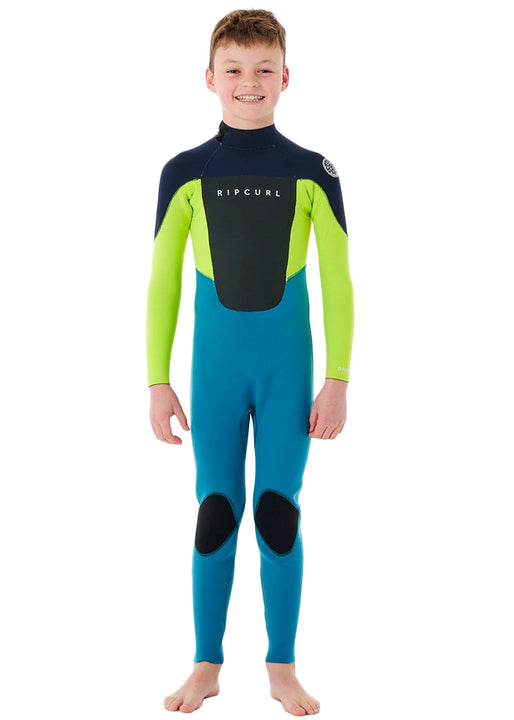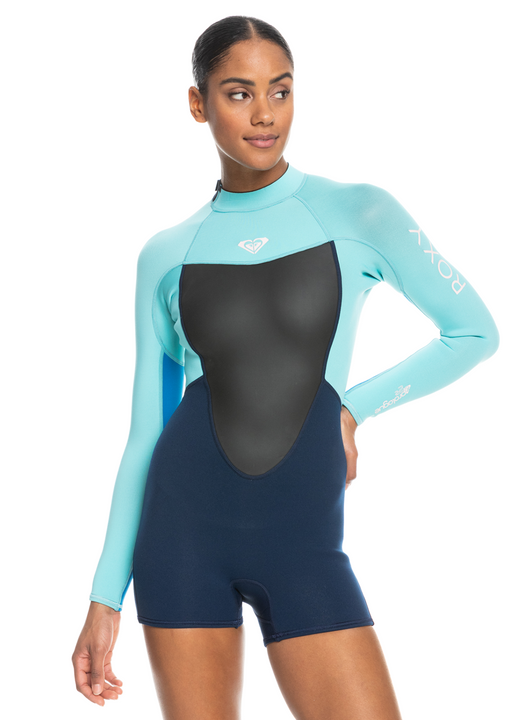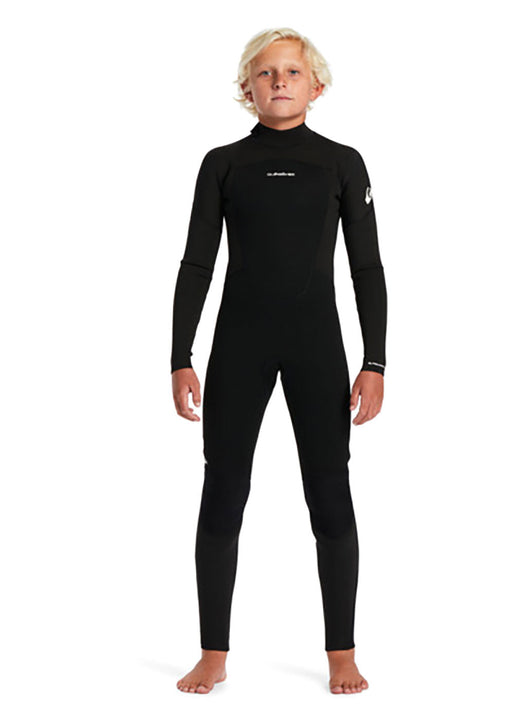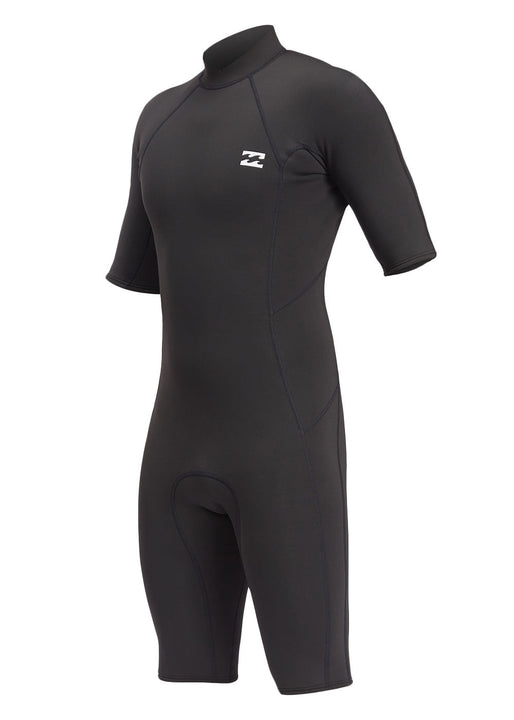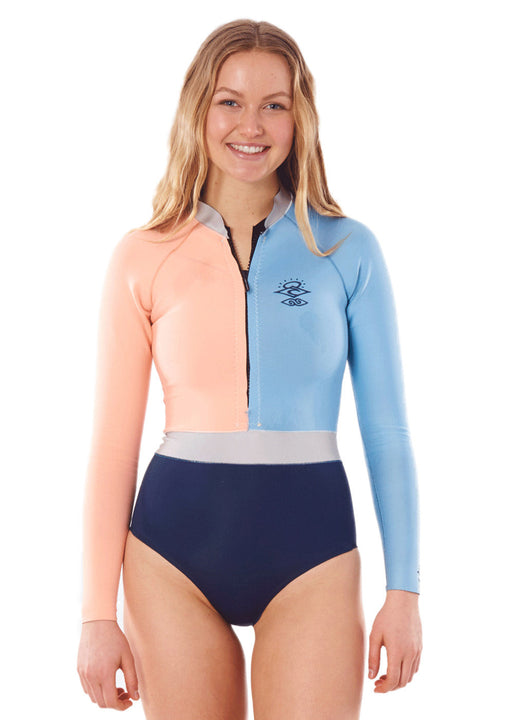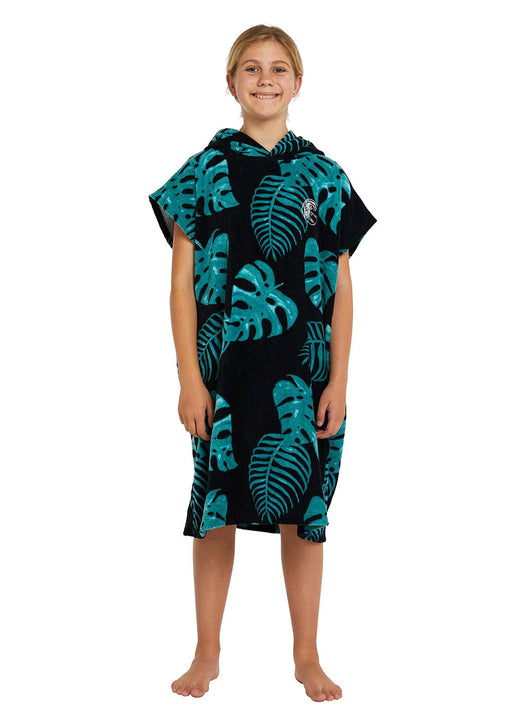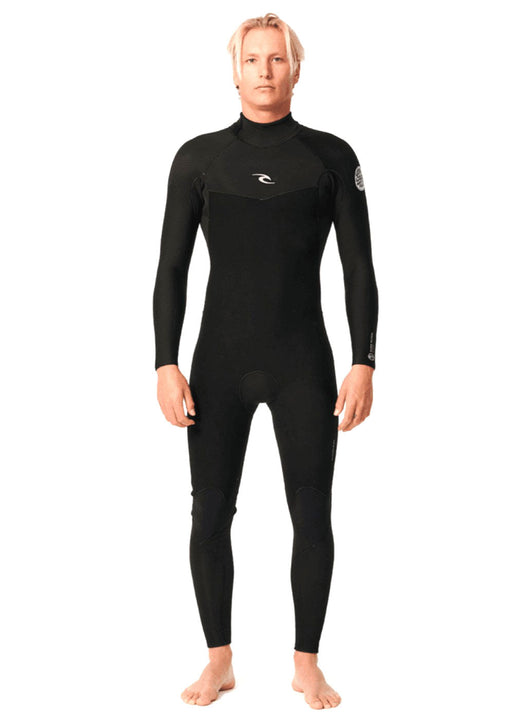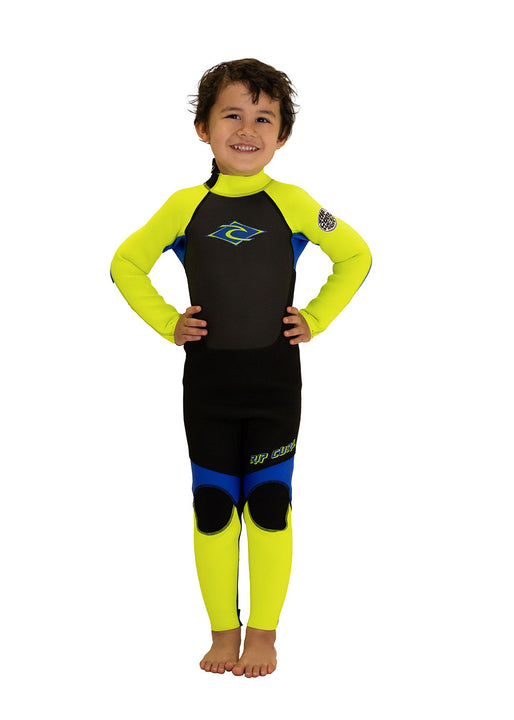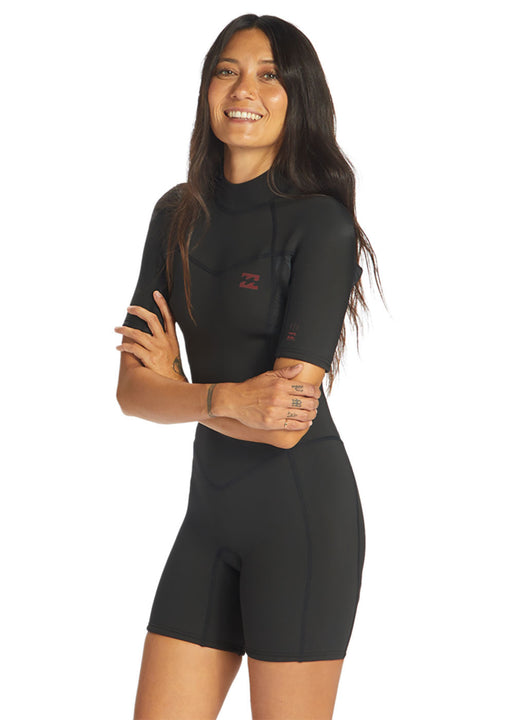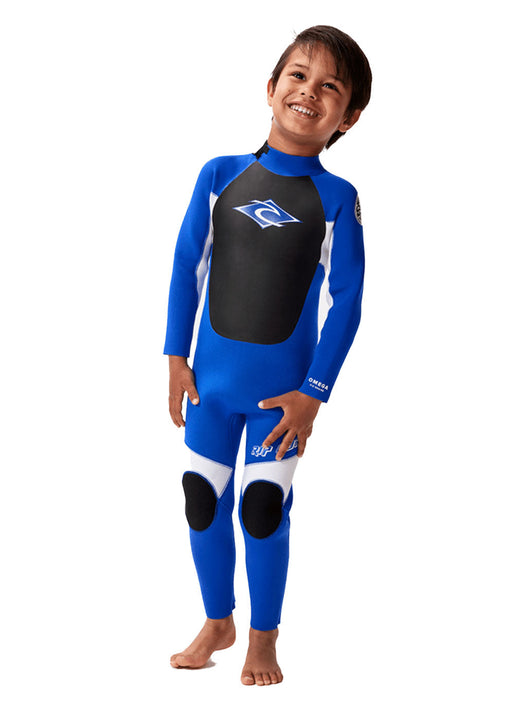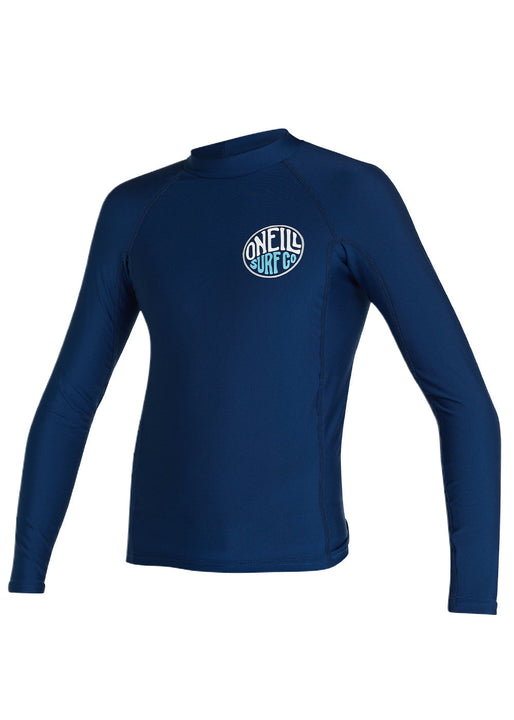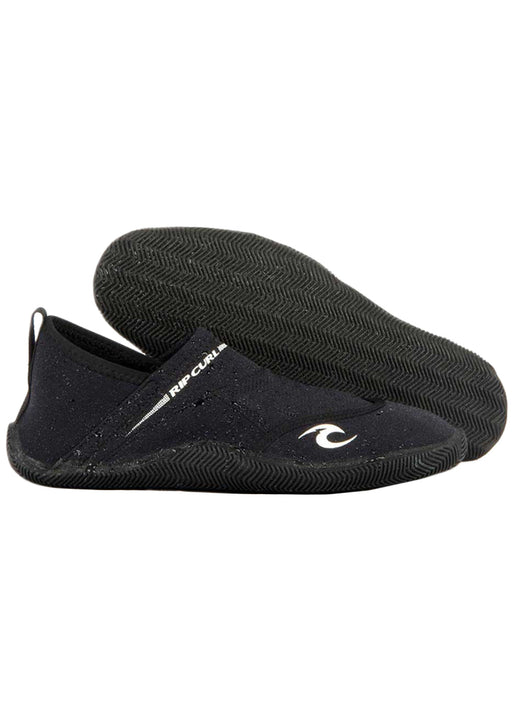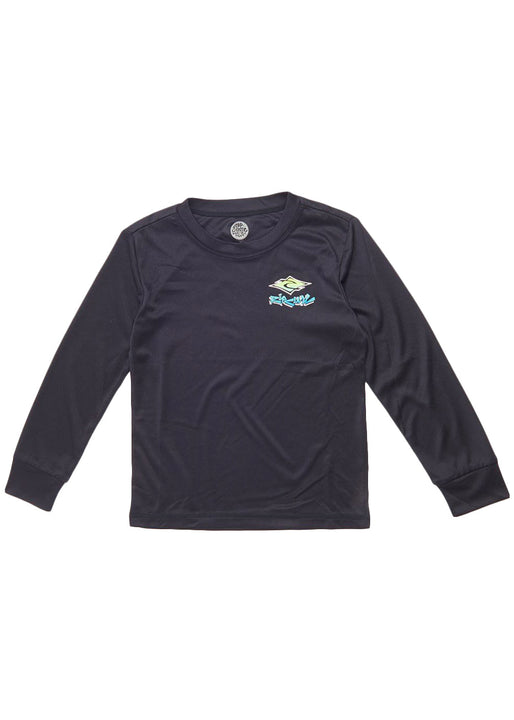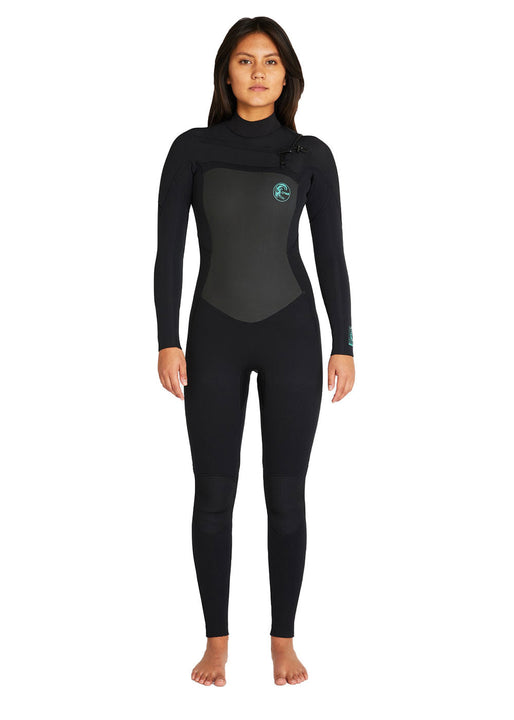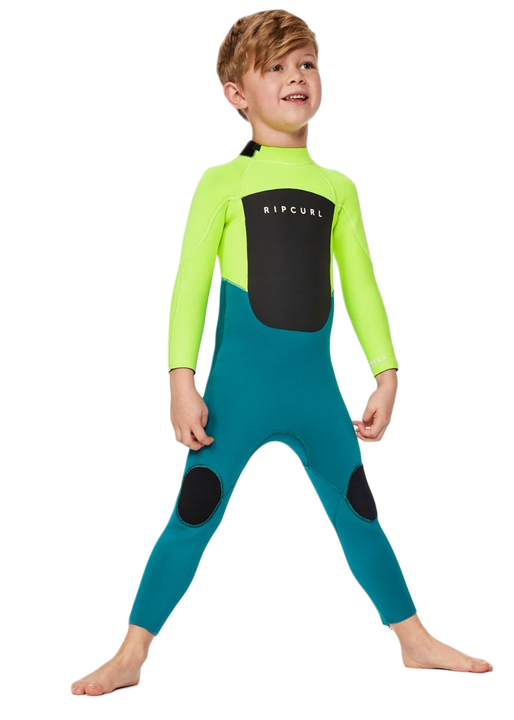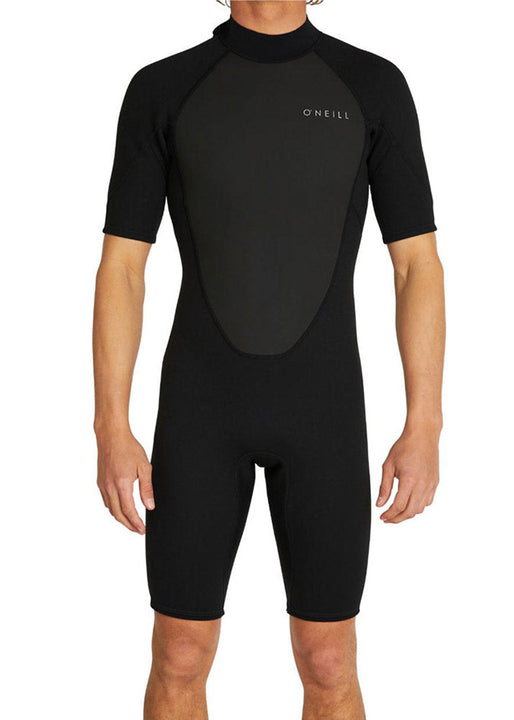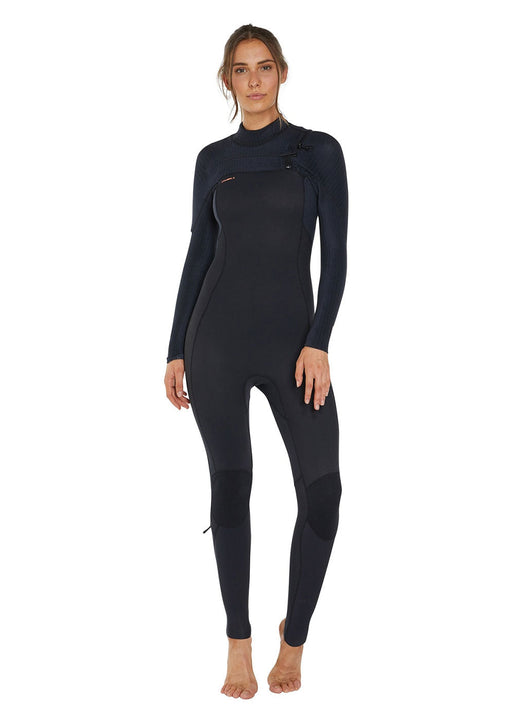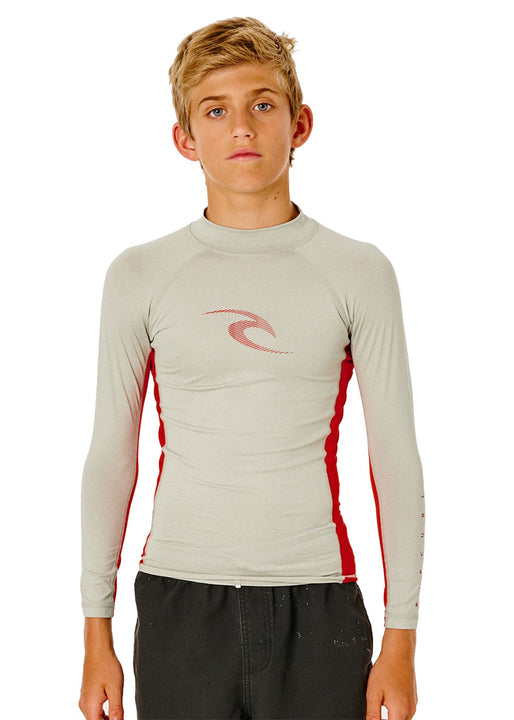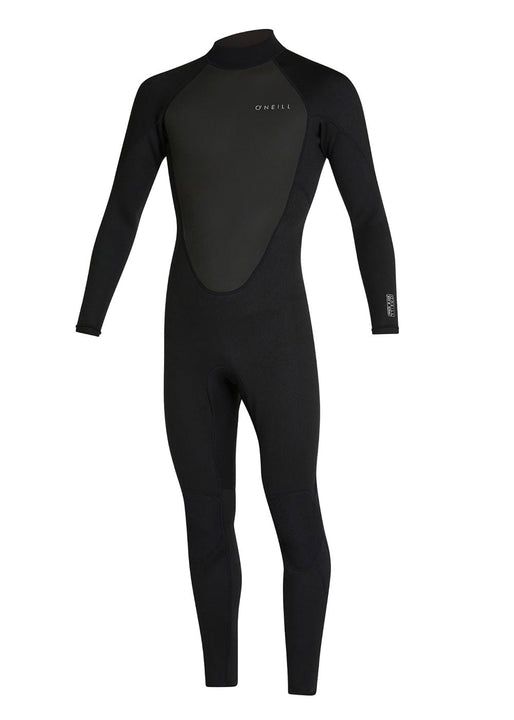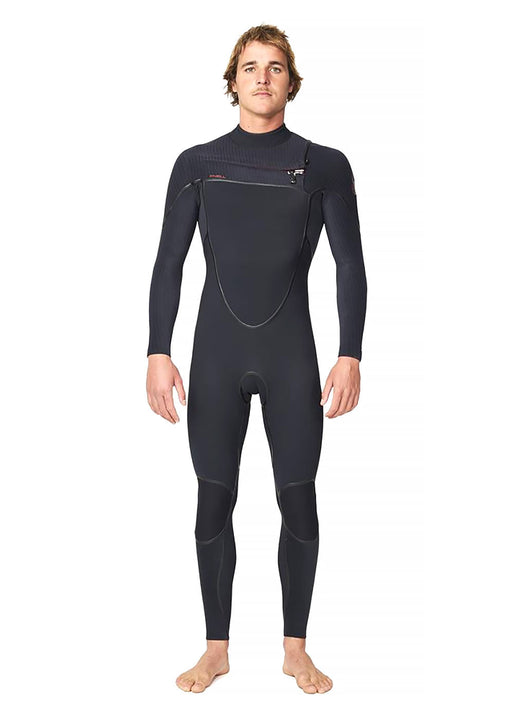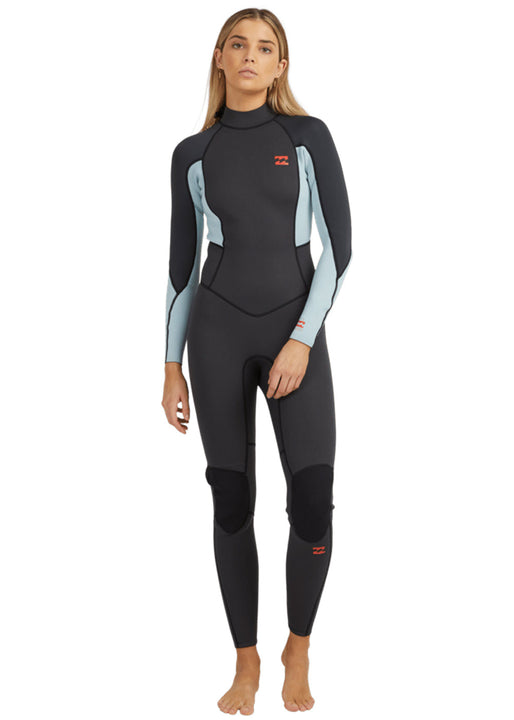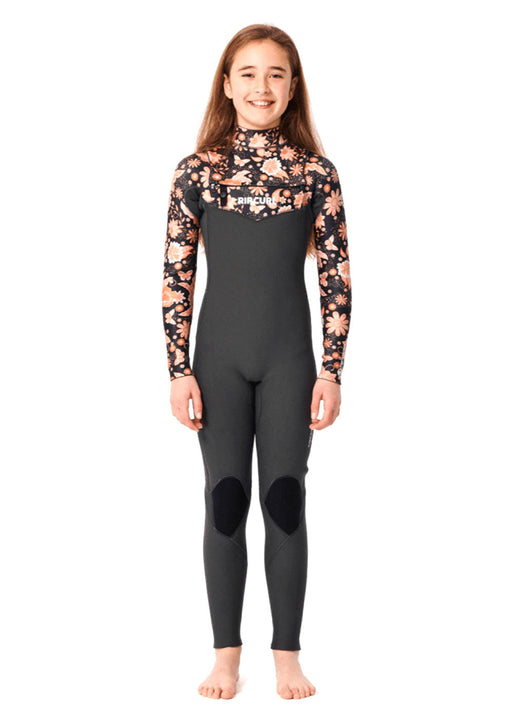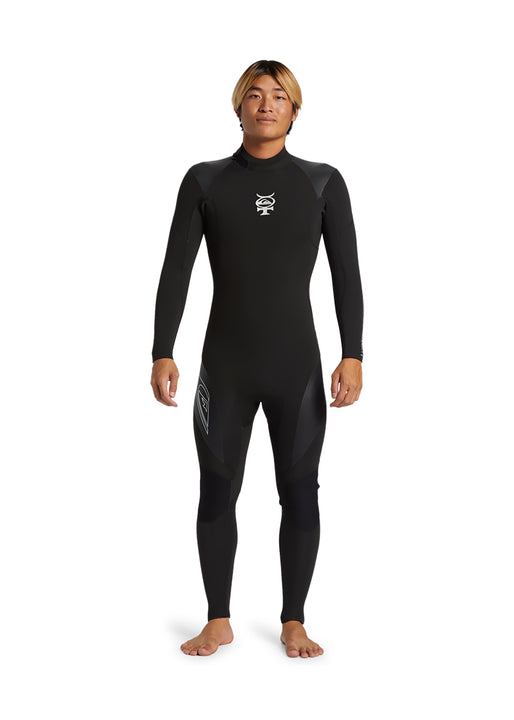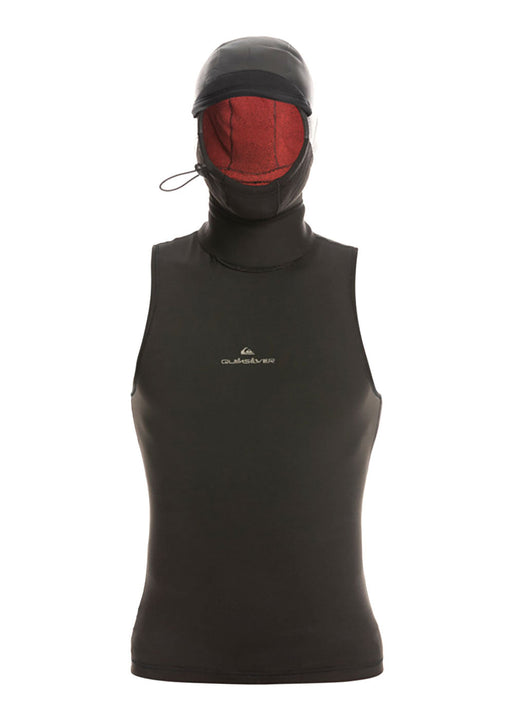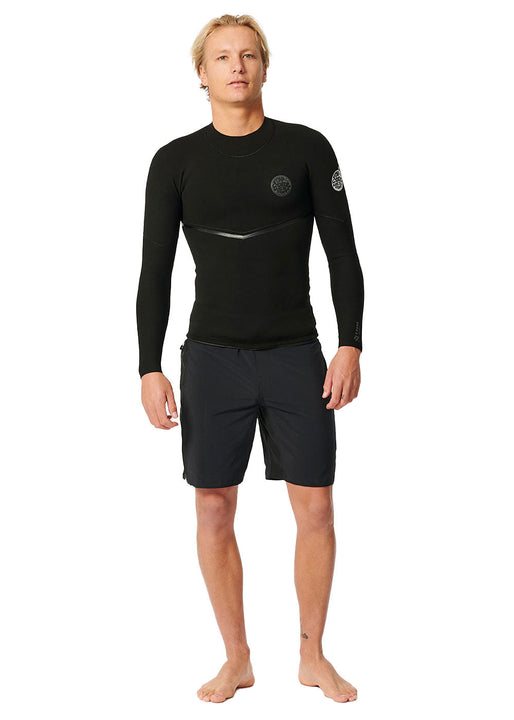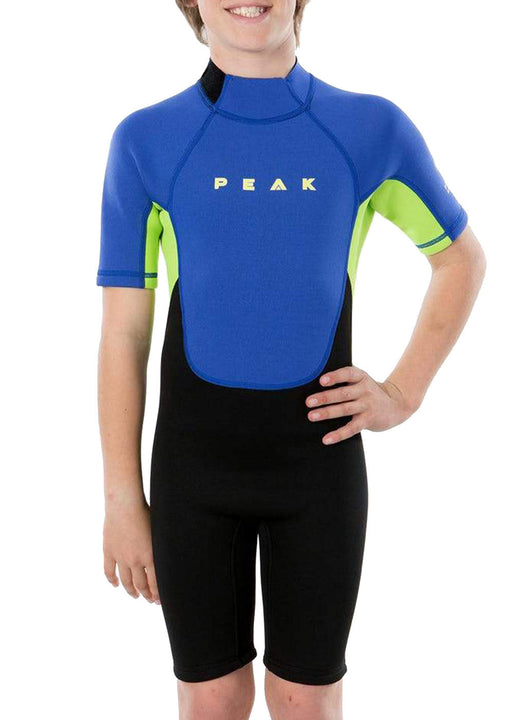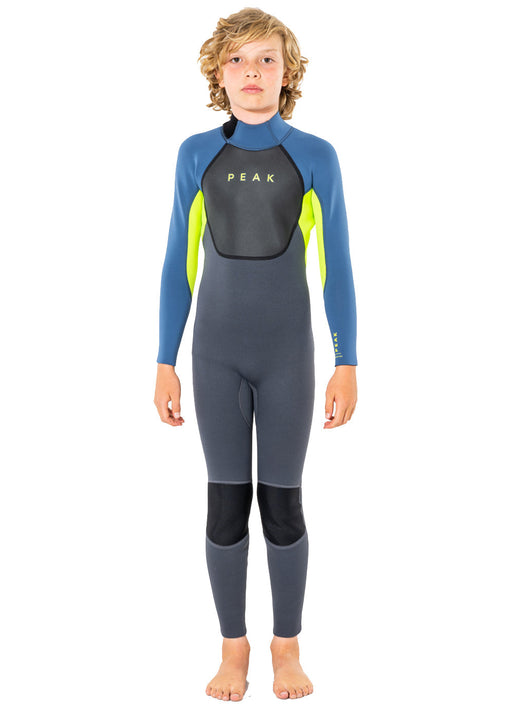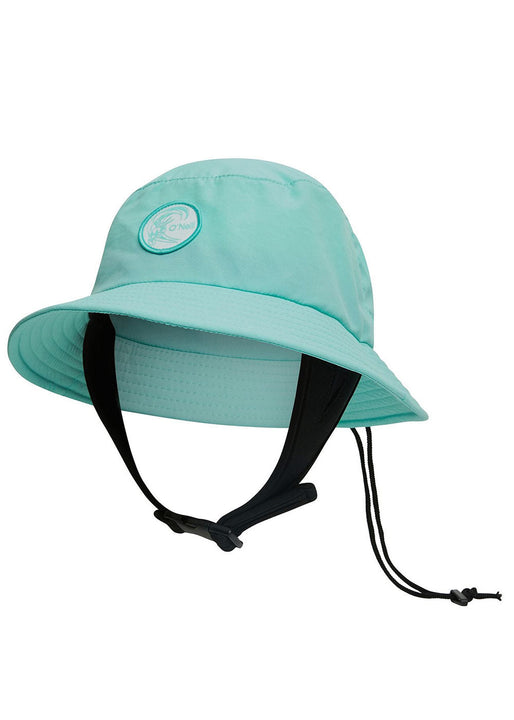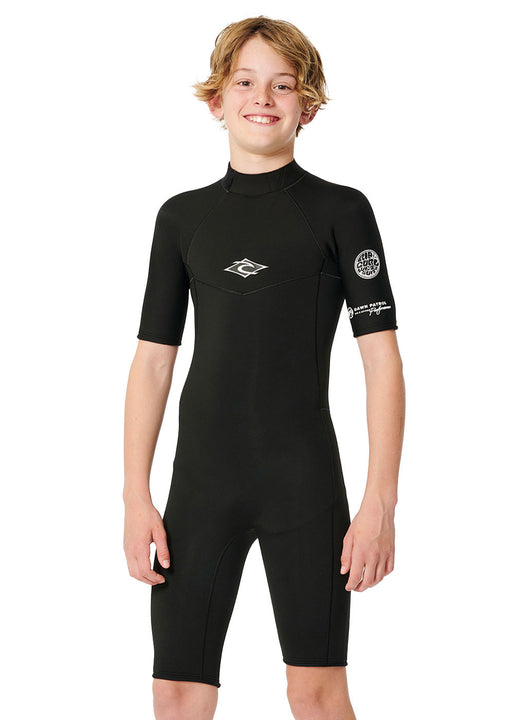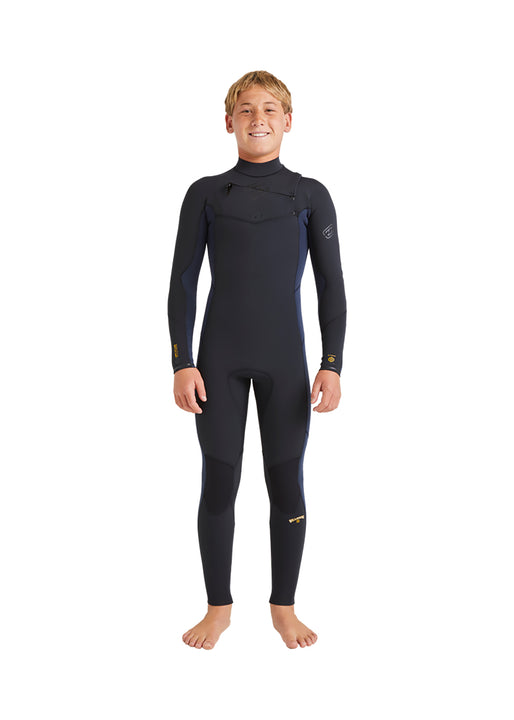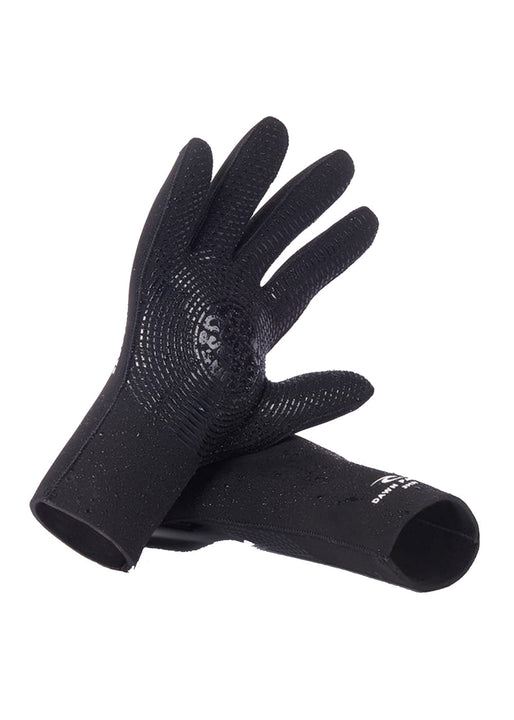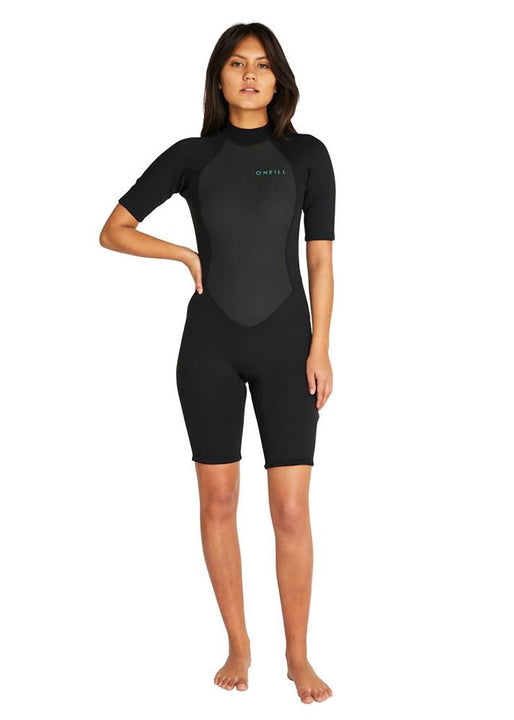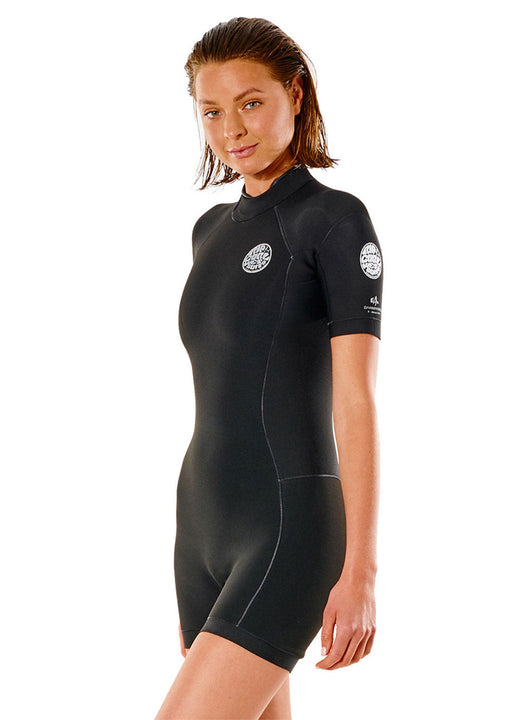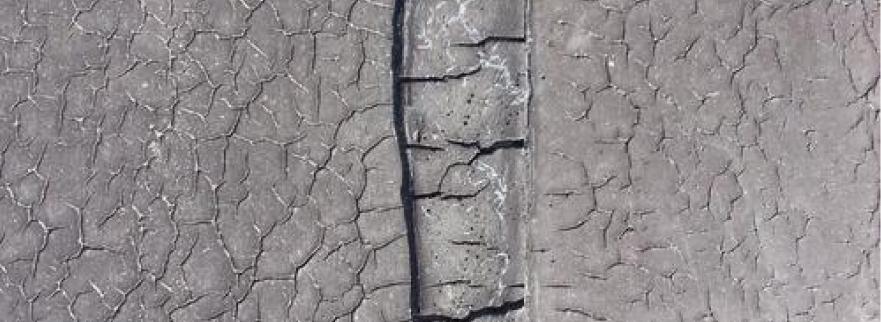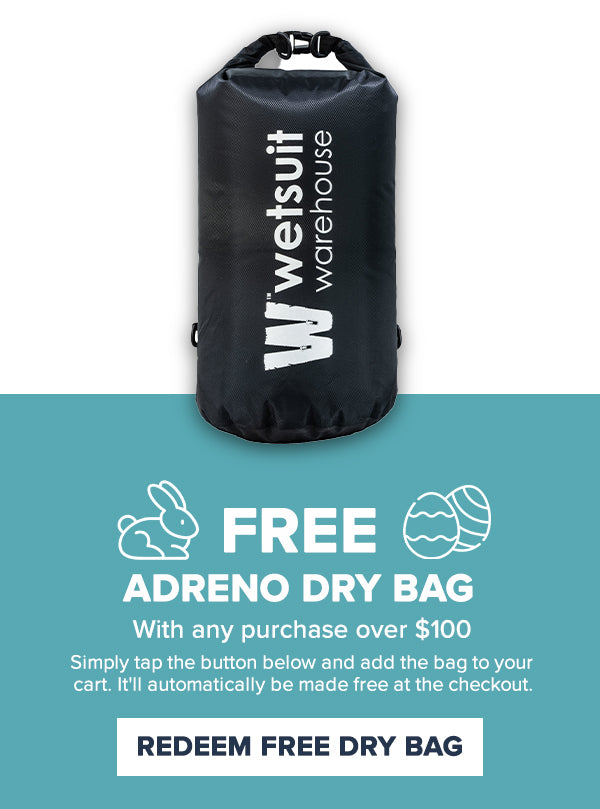Yes, we're a wetsuit shop... Some would argue it's in our best interest to ensure your wetsuit does not last, that way you buy another wetty right? Thus debunking the text found in this article without a single word read right? WRONG!!! Here at Wetty Warehouse, we prioritise the ocean and the ability to play in it! Without the Ocean we wouldn't sell a single wetsuit ever, so as far as we're concerned, selling fewer wetties for the sake of prolonging the timeframe in which you can get in the water is our goal, be it due to temperatures, toxicity or otherwise.
I don't wanna dabble in doomsaying so let's get back on topic: wetsuit maintenance! There are two goals here: longer life and prolonged stretch. Lucky for us this is a two bird-one stone scenario. The most common forms of degradation we encounter are due to UV exposure, incomplete drying, incorrect storage and general negligence, almost all of which are rooted in laziness but I'm not pointing fingers, there are few things more tedious than trying to hand up a wetsuit after 6 hours of paddling....
Ultra Violent light can be your friend... "can".
In-store, after selling a wetsuit, I always run through my maintenance spiel, the first line of which is "the sun is the biggest killer" and I usually get a funny look, perhaps because I sold them a product to be used solely under sunlight and I've told them sunlight is the biggest destroyer: perfect obsolescence? NO! I'm talking about leaving it on the clothesline or in your wagon's boot. If you leave your wetty on your clothesline for 3 days that's roughly the same exposure you could expect from 20-30 even 40 sessions!!
When high-performance suits aim to test well after 100 sessions you realise the gravity of UV exposure. With this in mind, we must consider how to limit UV and there are two options: the first being to keep your suit in the shade, dry it under the house our in your bathroom. Second is to turn it inside-out before hanging in the sun. If you've denied yourself a subterranean wetsuit storage facility then I suggest hanging it in the bathroom until the wetsuit is no longer dripping then chuck it by a window, air dries quicker than heat!
Count your blessings that winter means low equinox, therefore, less UV! Imagine if you had a to wear a wetty in the height of summer, tucked under our ever changing Ozone hole.
Hanging your wetty inside out is the right way forward.
If you're going to hang your wetty in the sun there are a bunch of advantages to inverting it. Turning it inside out will 'balance' the UV exposure because the exterior, which is exposed during surfing, will now be tucked nicely out of harm's way. Another huge advantage to this is that Ultra-Violet has antibacterial properties, therefore, reducing stink and the chance of rash/infection.
This isn't the be all and end all of the antibacterial treatment, regrettably, Ultraviolet germicidal irradiation only occurs within the UV-C spectrum, of which the Ozone layer takes care of 99-100% of :( That's not to say the less effective UV-A and UV-B wavelengths completely lack antibacterial properties. According to the Centre of Disease Control and Prevention, antibacterial properties exist within wavelengths of 328-210nm.
UV-B is between 320 and 280 so there is most certainly some form of antibacterial qualities in the sunlight that lands on earth's surface, especially down in the southern hemisphere, where the Ozone is sparse. As a side note: broad-spectrum sunscreen covers the UV-A and UV-B spectrum.
Read More

